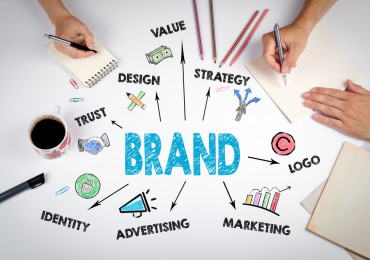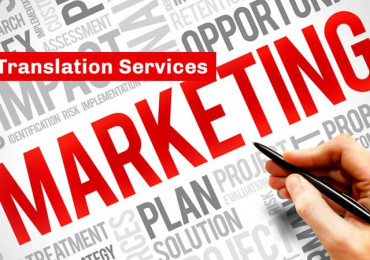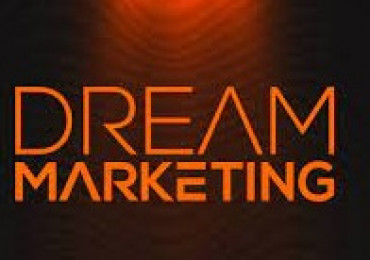
It is a type of marketing that uses shocking or controversial elements to attract the audience's attention and provoke strong reactions. This type of marketing aims to create an immediate and direct impact on the audience by using unconventional and often controversial images or messages.
Characteristics of Provocative Marketing
1. Boldness: It relies on the use of bold and unconventional content that goes beyond familiar boundaries.
2. Excitement: It arouses strong emotions in the audience such as anger, fear, or surprise.
3. Controversy: It is often controversial and provokes discussions among the audience.
4. Immediate impact: It aims to create a quick and direct impact on the target audience.
5. Viral spread: It tends to spread quickly through social media due to its provocative nature.
Advantages and features of provocative marketing
1. Increase brand awareness: It can quickly attract attention and increase brand awareness.
2. High engagement: It encourages interaction and participation among the audience, which enhances spread.
3. Generate discussion: It stimulates discussions and debate about the brand or message, which enhances social interaction.
4. Create a strong memory: Due to its provocative nature, it leaves a long-lasting impression in the audience’s memory.
Disadvantages of Provocative Marketing
1. Ethical risks: It can be considered unethical or offensive to some segments of the audience.
2. Negative reactions: It may lead to negative reactions that negatively affect the brand image.
3. Limited impact: It can have a short-term impact if not implemented properly.
4. Legal regulation: It may be exposed to legal problems due to the use of controversial or inappropriate content.
Types of Provocative Marketing
1. Shocking ads: Use shocking images or messages to create a strong impact.
2. Controversial messages: Rely on raising controversial topics to spark discussion.
3. Unconventional visual content: Such as using art or animation in an unexpected way.
4. Sexually innuendo ads: Use sexual innuendo indirectly to attract attention.
Modern Examples
1. Benetton Advertisement: Benetton used controversial images in its advertisements, such as the image of the Pope kissing a Muslim imam, to create a global debate about tolerance and coexistence.
2. PETA Campaign: uses shocking images of tortured animals in its campaigns against the use of fur, sparking widespread controversy and discussions about animal rights.
3. Dolce & Gabbana Advertisement: In its children’s clothing campaign, Dolce & Gabbana used images of children wearing luxury clothing against unconventional backgrounds, sparking controversy about the way children are presented and social discrimination.
Provocation marketing is a powerful marketing strategy that aims to attract the attention of the public through the use of shocking or controversial elements. While it can have a strong and rapid impact in increasing brand awareness, it carries ethical and legal risks, and can lead to negative reactions. Provocation marketing is a double-edged sword that must be used with caution to ensure that the desired goals are achieved without negatively impacting the brand’s reputation.

26/08/2024

01/09/2024

20/08/2024

17/08/2024

20/08/2024

30/08/2024

01/09/2024

17/08/2024

18/08/2024

26/08/2024

18/08/2024

12/06/2024

30/08/2024

30/08/2024

17/08/2024

25/08/2024

17/08/2024

20/08/2024

14/08/2024

01/09/2024